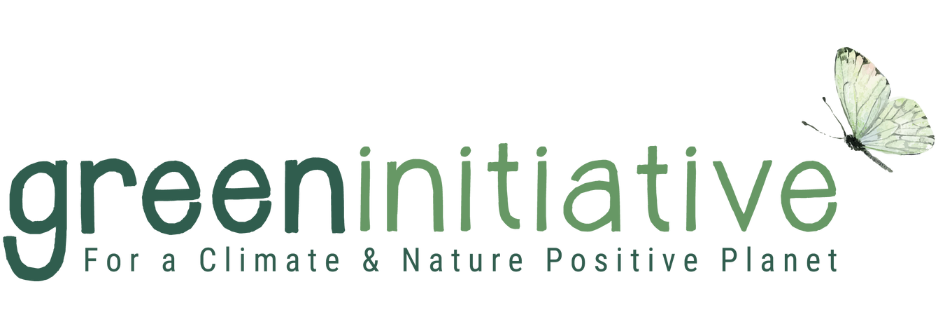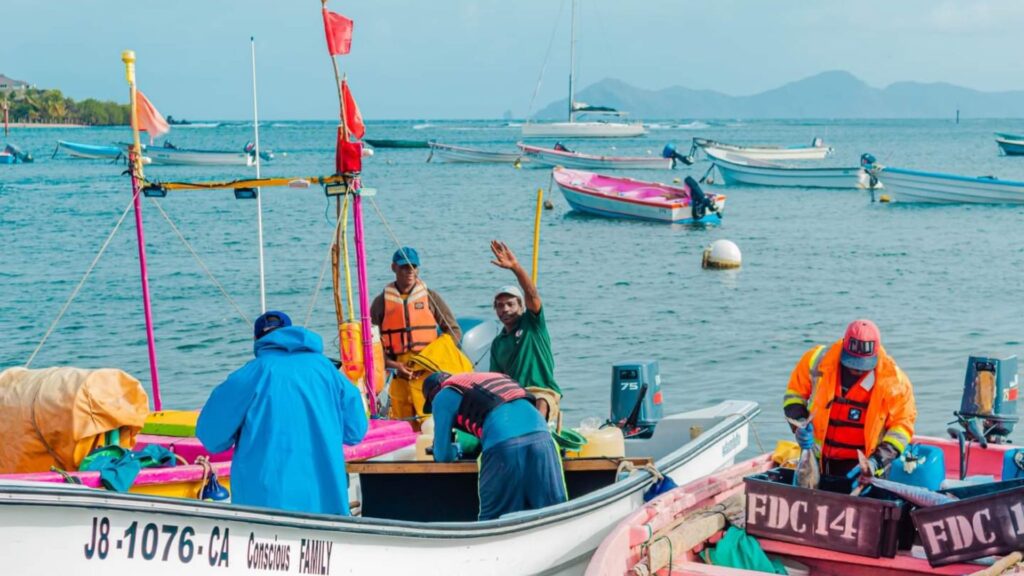The National Fishermen Producers Cooperative Society (NFPCS) in Belize is demonstrating that sustainable seafood production is not just possible—it is essential. As the second-largest fishers’ cooperative in the country, NFPCS has taken a proactive approach to reducing its environmental footprint. In 2024, the cooperative earned the Carbon Measured Certification from Green Initiative, marking a significant milestone in its commitment to responsible fishing and climate action.
By conducting a thorough carbon footprint assessment, NFPCS has identified key areas for improvement, leading to more sustainable fishing and processing practices. The cooperative’s efforts set a strong example for other seafood producers looking to minimize emissions while maintaining profitability.
Understanding NFPCS’ Carbon Footprint
A comprehensive emissions assessment highlighted the primary sources of NFPCS’ greenhouse gas (GHG) emissions:
1. Electricity Consumption for Processing and Refrigeration (48.8%)
- Nearly half of NFPCS’ total emissions come from the electricity required for seafood processing and cold storage.
- Freezing, refrigeration, and maintaining storage temperatures require significant energy, especially during peak fishing seasons.
- Key Solutions:
- Investing in energy-efficient tunnel freezers and refrigeration systems to lower consumption.
- Transitioning to LED lighting and automated cooling technologies to optimize energy use.
- Exploring on-site renewable energy solutions, such as solar panels or wind turbines, to reduce reliance on fossil-fuel-based electricity.
2. Fossil Fuel Consumption by Fishing Vessels (38.2%)
- Fishing operations rely heavily on diesel and gasoline-powered vessels, making fuel consumption the second-largest source of emissions.
- Many boats still use older, inefficient engines that burn excessive fuel per trip.
- Key Solutions:
- Encouraging fishers to upgrade to fuel-efficient, low-emission engines, which can cut fuel use by up to 30%.
- Using modern navigation systems and real-time weather tracking to optimize fishing routes, reducing unnecessary fuel consumption.
- Investigating hybrid or electric-powered fishing vessels as a long-term emissions reduction strategy.
3. Packaging Materials (3%)
- While packaging emissions are relatively low, NFPCS primarily uses cardboard boxes and plastic liners for seafood packaging.
- Key Solutions:
- Shifting to biodegradable or recycled packaging materials to further reduce environmental impact.
- Implementing lightweight, compostable packaging to lower overall material waste.
- Exploring reusable packaging solutions for specific distribution channels.
4. Additional Emissions Sources
NFPCS’ carbon footprint assessment also revealed emissions from other sources, including:
- Transportation of raw materials
- Solid waste decomposition
- Fuel use from stationary sources (processing facilities and administrative operations)
- Water consumption and air conditioning equipment
Addressing these areas through efficiency upgrades and waste reduction programs will further strengthen NFPCS’ sustainability efforts.
How NFPCS Compares to Global Seafood Industry Benchmarks
NFPCS has successfully reduced its emissions to 2.95 kg CO2e per kg of final packaged lobster product. This is significantly lower than global industry benchmarks, where lobster fisheries typically emit between 6.92 kg CO2e to 13 kg CO2e per kg.
This achievement highlights the effectiveness of NFPCS’ sustainability initiatives and demonstrates that strategic investment in energy efficiency, optimized fishing methods, and clean energy solutions can lead to substantial emissions reductions.
Strategies for a More Sustainable Fishing Industry
NFPCS’ approach serves as a model for other fisheries seeking to reduce their carbon footprint. Below are key strategies that can be adopted across the seafood industry:
1. Investing in Energy-Efficient Fishing Technology
- Traditional fishing boats contribute significantly to emissions due to inefficient fuel-burning engines.
- Upgrading to low-emission, fuel-efficient engines can cut fuel use, lower operating costs, and improve environmental performance.
- Implementing LED lighting, high-efficiency refrigeration units, and better insulation on fishing vessels can help reduce energy waste.
- In the long term, fisheries should explore hybrid-electric or alternative fuel-powered boats as technology advances.
2. Optimizing Fishing Operations
- Using GPS tracking and advanced navigation systems can help fishers locate fish more efficiently, reducing time spent at sea and fuel consumption.
- Implementing more selective fishing techniques, such as trap-based and pole-line fishing, can lower energy use compared to conventional trawling.
- Scheduling fishing trips based on seasonal fish migrations, weather conditions, and ocean currents can enhance efficiency and reduce unnecessary fuel use.
3. Training and Awareness Programs
- Many fishers and seafood processors are unaware of how energy waste and inefficient practices contribute to environmental damage.
- NFPCS is investing in education and training programs focused on:
- Proper engine maintenance to maximize fuel efficiency.
- Sustainable fishing techniques that reduce environmental harm.
- Resource conservation practices to ensure long-term industry viability.
4. Transitioning to Renewable Energy
- One of the most effective ways to reduce emissions is by shifting seafood processing operations to clean energy sources.
- NFPCS is exploring options such as:
- Installing solar panels to offset electricity use in processing facilities.
- Integrating wind and hydro-powered solutions to further decarbonize operations.
- Purchasing clean energy from renewable providers to power facilities with minimal emissions.
NFPCS’ Commitment to a Sustainable Future
The Carbon Measured Certification is only the beginning of NFPCS’ journey toward greater sustainability. The cooperative is committed to:
- Continuing to invest in energy-efficient processing and fishing practices.
- Transitioning away from fossil fuel reliance by adopting clean energy solutions.
- Encouraging its fishers and employees to embrace sustainability at every level of the supply chain.
- Monitoring and reporting emissions to track progress and ensure accountability.
Through these efforts, NFPCS is proving that climate action in the fishing industry is both achievable and beneficial—not only for the environment but also for the long-term viability of seafood production.
Read the Full Success Case Study
For a detailed breakdown of NFPCS’ carbon footprint assessment and sustainability strategies, read the full case study in PDF here.
For more insights on climate action in the seafood industry and sustainable business practices, contact us Green Initiative.

